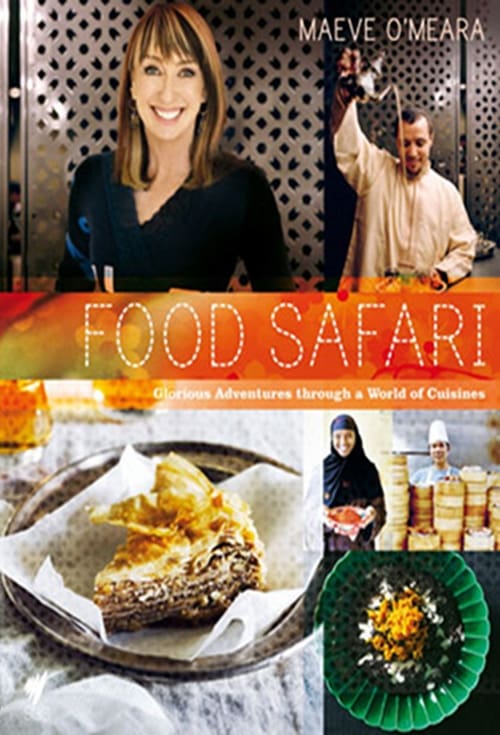Stream it with Foxtel Now
Foxtel Now is a streaming service from Foxtel. It offers a wide range of channels and packages to choose from, including sports, movies, drama, and lifestyle. Foxtel Now allows users to stream live and on-demand content on multiple devices, including smartphones, tablets, and smart TVs. It also offers a free 10-day trial for new customers. The service also offers the ability to pause, rewind, and record live TV, similar to traditional pay-TV services.
Got a question about Foxtel Now?
You can have up to five devices registered to use Foxtel Now at any one time, and you can stream on any two of those at the same time. You can remove and add devices to the list as often as you like.
Unlike some other streaming services, Foxtel Now’s mobile apps don’t allow downloading content for offline viewing. However, almost all shows seen on Foxtel Now’s channels can be streamed on demand at any time.
While you can watch your Foxtel Now channels anywhere in Australia – making it the ideal TV service for frequent travellers – because of rights restrictions it can’t be used while you’re overseas. If you’re travelling outside Australia for an extended period, you can pause your subscription.
Foxtel Now offers a variety of sports channels and packages for sports enthusiasts, including the Sports Pack which offers access to channels such as Fox Sports, Fox Cricket, and Fox League. It also offers coverage of major sports events such as the Australian Football League (AFL), National Rugby League (NRL), and international cricket. Additionally, the service offers live streaming of international sports events such as the NBA, NFL and other American competitions. The service also offers the ability to pause, rewind, and record live sports events, providing flexibility for viewers to watch at your convenience.
Benefits
- Australian streaming service
- Variety of channels and packages available
- Stream on multiple devices
- Choose from different packs: Essentials, Premium, Sports, Kids
- 10-day free trial, Pause, rewind, record live TV.




































